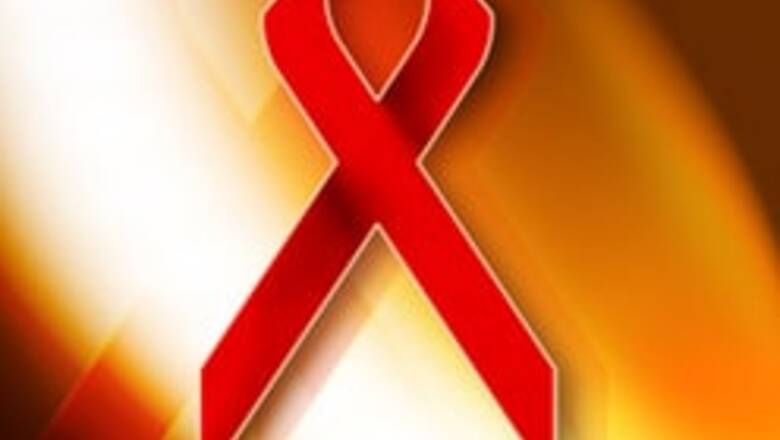
views
Geneva: HIV infections are on the rise in all regions and in China the deadly virus is gradually spreading from high-risk groups to the general population, the
United Nations said on Tuesday.
Nearly 40 million adults and children are infected worldwide and the most striking increases in new cases have been in East Asia and in eastern Europe/central Asia, mainly due to drug use and unsafe sex, UNAIDS and the World Health Organisation said.
Sub-Saharan Africa still bears the brunt of the AIDS scourge, with 24.7 million or nearly two-thirds of people living with HIV globally, according to the report.
"In the past two years, the number of people living with HIV increased in every region in the world," said the report that largely drew comparisons with adjusted figures for 2004 rather than 2005, due to changes in methodology and data.
China's drug-fuelled HIV epidemic, which accounts for about half of the country's estimated 650,000 infections, has reached "alarming proportions," the agencies said in a joint annual report "2006 AIDS Epidemic Update."
"With HIV spreading gradually from most-at-risk populations to the general population, the number of HIV infections in women is growing too," the report said of China.
Of the 2.9 million global deaths from AIDS last year, 2.1 million occurred in Africa, heart of the 25-year-old epidemic.
Some 4.3 million people across the globe became infected with HIV this year, with a heavy concentration among young people, bringing the total number of people with the killer disease to an estimated 39.5 million. Africa recorded 2.8 million new infections this year.
Some countries including Uganda are seeing a resurgence of infection rates after having successfully reduced them, according to the report.
"This is worrying -- as we know, increased HIV prevention programs in these countries have shown progress in the past -- Uganda being a prime example," said UNAIDS Executive Director Peter Piot. "We need to greatly intensify life-saving prevention efforts while we expand HIV treatment programs."
The report cited "evidence of diminishing or stable HIV spread in most east African and west African countries," while epidemics continue to grow in Mozambique, South Africa and Swaziland.
"One third of all people with HIV globally live in southern Africa and 34 percent of all deaths due to AIDS in 2006 occurred there," it noted.
In South Africa, where an estimated 5.5 million people have HIV, the epidemic continues unabated, suggesting the disease's prevalence has not yet reached a plateau, it said.
But even stability of epidemics in some countries masks high rates of new HIV infections and AIDS deaths in places including Lesotho- where one in four adults have the disease.
Life expectancy for women in Zimbabwe is now among the lowest in the world at 34 years, while for men it is 37 years.
In Asia, an estimated 8.6 million people are living with HIV, an increase of nearly one million, and 630,000 people died from AIDS-related illnesses in the vast region this year.
India, where the epidemic appears to be stable or diminishing in some parts while growing modestly in others, has 5.7 million infected people, mainly through heterosexual sex.
In China, where the epidemic began in rural areas, the report noted concerns that its large number of migrants (an estimated 120-150 million) could spread the virus even further.
"HIV outbreaks among men who have sex with men are now becoming evident in Cambodia, China, India, Nepal, Pakistan, Thailand and Vietnam," the report said.
Yet very few had national AIDS programs which adequately address the role of sex between men in spreading epidemics.
Younger HIV epidemics in Eastern Europe and central Asia continue to grow, especially in Ukraine that has the highest HIV adult prevalence in all of Europe, estimated at 1.5 per cent.
In Russia, where 80 per cent of an estimated 940,000 people with HIV are under 30, drug use is the main mode of spread.
In Latin America, two-thirds of the estimated 1.7 million people living with HIV reside in the four largest countries including Brazil, Mexico, Colombia and Argentina.
In the United States, an estimated 1.2 million were living with the virus in 2005.














Comments
0 comment